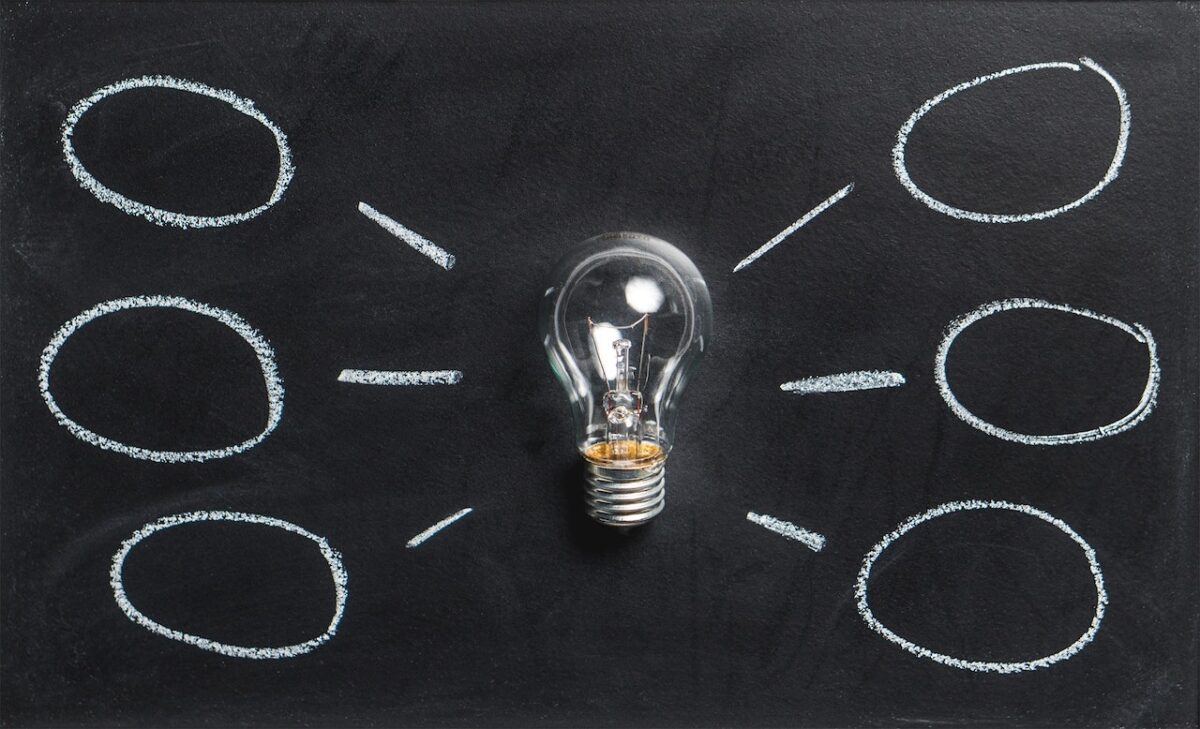Effective utility payment management is crucial for both people and organizations. Budget constraints and profitability issues might result from rising utility bills. However, you may drastically cut your utility costs by putting best practices into place that concentrate on minimizing energy and water use. This post will examine six practical methods for lowering utility bills while fostering efficiency and sustainability.
Install Energy-Efficient Lighting Solutions
Electricity use is significantly influenced by lighting. You may reduce energy and electricity costs by switching to energy-efficient lighting options like LED or CFL bulbs. For instance, LED lights are a cost-effective option since they save up to 75% on energy costs while having a longer lifespan. Additionally, consider implementing a motion sensor or timer-based lighting system to ensure lights are only on when necessary. You may significantly reduce your utility costs while improving the sustainability and efficiency of your surroundings by managing your lighting.
Embrace Renewable Energy Sources
Utilizing renewable energy sources is a long-term, sustainable approach to lower electricity bills. Think about adding solar panels to produce clean, renewable power in your home. Solar power systems may assist in offsetting a sizable percentage of your energy usage, reducing your dependency on the grid and lowering your utility costs. Some areas’ subsidies, tax breaks, or net metering schemes further enhance the financial advantages of adopting solar. Adopting green power lowers electricity bills and promotes a greener, more sustainable future and a better environment for future generations.
Engage in Load Management
Load management actively controls and maximizes energy use during periods of high demand. By studying your energy consumption trends, you may strategically plan high-energy activities for off-peak times when power costs are often cheaper. Consider using powerful equipment like laundry machines, dishwashers, or pool pumps when usage is reduced, as in the evenings or on weekends. You may take advantage of cheaper rates and significantly minimize your power bills by relocating your energy consumption away from periods of high demand. Utilizing load management, you may optimize savings while supplying your energy requirements.
Practice Water Conservation
Conserving water is yet another essential component of cutting utility costs. Start by immediately repairing any leaks in pipes, faucets, or toilets to stop water loss. Install faucet aerators and low-flow showerheads to save water without sacrificing comfort. To preserve water and lessen dependency on municipal supplies, think about collecting rainwater for irrigation. Encourage people to use less water by taking shorter showers, cutting off unused water, and running the dishwasher and washing machine with full loads. By conserving water, you save your utility costs but also aid in protecting this priceless resource.
Utilize Energy Monitoring Software
When lowering power bills, putting energy monitoring software into place may shift towards energy-efficient solutions entirely. With energy monitoring software, you can measure and examine your energy usage in real-time, gaining critical insights into usage trends and pinpointing areas for development. You can locate energy-intensive operations, establish reduction goals, and monitor your progress by viewing your energy data using simple dashboards and reports. Thanks to this data-driven approach, you are equipped to make wise judgments and implement energy-saving strategies, saving you money in the real world. Using energy tracking software, you may actively manage your energy consumption and reduce your electricity bills.
Opt for Energy-Efficient Insulation
Energy loss from inadequate insulation can be considerable, increasing utility costs. Improving the insulation in your home may be a smart investment to cut down on energy waste and heating and cooling expenses. Consider insulating your walls, attic, and floors to reduce heat transmission and eliminate drafts. To further increase energy efficiency, weatherstripping can fill up gaps around door and window frames. Investing in energy-efficient windows may help improve insulation and lessen heat gain or loss. You may improve your property’s thermal efficiency and reduce the need for excess heating or cooling while also creating a more pleasant atmosphere. This results in significant utility payment savings for you.
Extra Tip: Upgrade to Energy-Efficient Appliances
Installing new, energy-efficient appliances instead of outdated, energy-guzzling ones is one of the most effective methods to lower power bills. For greater energy performance, look for equipment with high Energy Star ratings. Your power expenditures may be greatly reduced by using energy-efficient HVAC systems, laundry machines, dishwashers, and other appliances. Even though the initial outlay can be more, the savings over the long run will surpass it. Energy-efficient appliances use less energy and frequently have cutting-edge technologies that enhance overall efficiency and usefulness.
Conclusion
Utility payments can be decreased Through proactive steps emphasizing energy and water saving. You may significantly reduce your electricity costs by doing energy audits, switching to energy-efficient equipment, adopting smart energy management, implementing water conservation, maximizing heating and cooling, and educating residents. In addition to lowering costs, these best practices support long-term environmental sustainability. Take advantage of these tips to manage your electricity bills and help the environment simultaneously.
